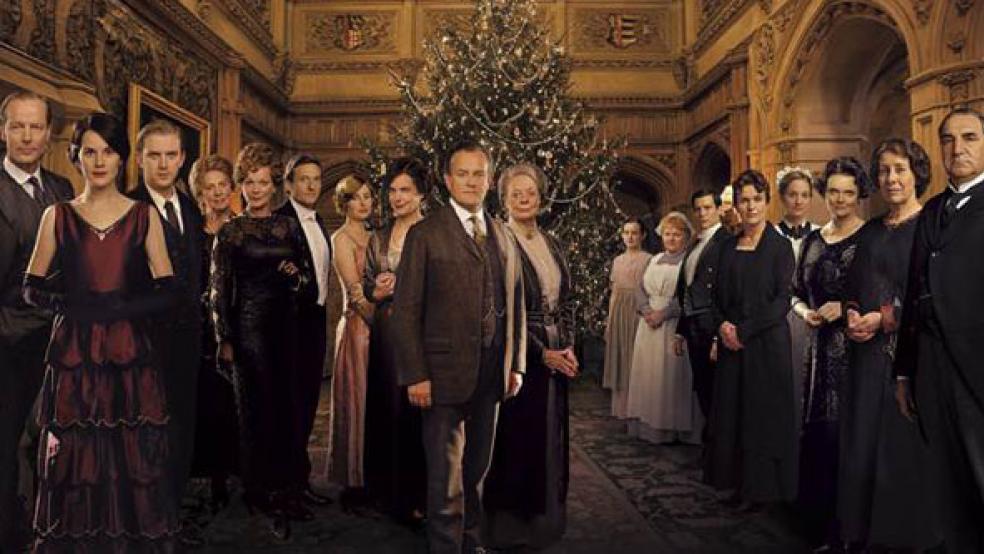The fourth season of “Downton Abbey” will premiere on PBS in January, but David Cay Johnston had a piece out yesterday at Al Jazeera America that argued that Americans are already living a modern-day version of Downton’s upstairs-downstairs divide.
“At least one class of American workers is having a much harder time today than a decade ago, than during the Great Depression and than a century ago: servants,” Johnston writes.
Related: Who’s Being Swallowed Up by the Income Gap?
Back in 1930, 1 in 45 urban families had live-in help, according to a 1946 study cited in the piece. Some well-to-do families still have one or more people on their payroll, of course, but many Americans have outsourced the services that used to be provided by live-in domestic helpers, from nannies, cooks and maids to gardeners and handymen. That outsourcing has happened for the same reason large companies have outsourced many jobs: to lower costs, Johnston writes.
“We are falling backward in America, back to the Gilded Age conditions of a century and more ago when a few fortunate souls grew fabulously rich while a quarter of families had to take in boarders to make ends meet,” the author writes. “Only back then, elites gave their servants a better deal.”
A household cook, who typically earned $10 a week in 1910, is actually worse off at a restaurant job today, Johnston explains – even though the modern minimum wage for a 40-hour week would put them nearly 25 percent ahead of that 1910 wage level when adjusted for inflation. Taxes, commuting costs and the lack of employer-provided room and board undo most if not all of the pay increase for today’s cook. “These days, 60 percent of domestic workers spend half their income just on housing, and a fifth run out of food each month,” Johnston notes.
Read Johnston’s full piece for more on where these wage pressures come from, but his comparison makes for an interesting way to look at the growing income gap in America – and maybe something to think about when watching this new season of "Downton Abbey."
Top Reads at The Fiscal Times:





